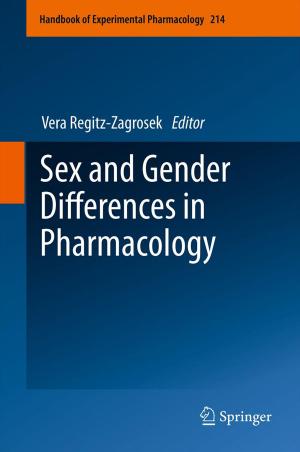Health Promotion in the Working World
In collaboration with World Health Organization Regional Office for Europe
Nonfiction, Health & Well Being, Medical, Specialties, Occupational & Industrial Medicine, Business & Finance, Management & Leadership, Management Science| Author: | ISBN: | 9783642742835 | |
| Publisher: | Springer Berlin Heidelberg | Publication: | December 6, 2012 |
| Imprint: | Springer | Language: | English |
| Author: | |
| ISBN: | 9783642742835 |
| Publisher: | Springer Berlin Heidelberg |
| Publication: | December 6, 2012 |
| Imprint: | Springer |
| Language: | English |
Rosmarie Erben The International Conference on "Health Promotion in the Working World" was organized by the Federal Centre for Health Education, Col ogne, in collaboration with the Regional Office for Europe of the World Health Organization, Copenhagen. It was held 7-9 October 1985 in Col ogne, in the Federal Republic of Germany, and brought together 65 partici pants from 12 European countries and Canada. The major role of the working world with regard to the development, maintenance and modification of both individual and collective health-con ducive lifestyles is gaining increasing attention. In addition to the physical and biochemical risks which are the traditional concern of preventive health care, the manifold effects of stress at work and of psychosocial variables have now become the focus of interest. This shift was stimulated by the findings of socioepidemiological research on the relationship between health and lifestyles. The promotion of health at the workplace, including health-conducive lifestyles, is now seen as a necessary complement to measures aimed at reducing or eliminating occupational risks as well as risk behaviour.
Rosmarie Erben The International Conference on "Health Promotion in the Working World" was organized by the Federal Centre for Health Education, Col ogne, in collaboration with the Regional Office for Europe of the World Health Organization, Copenhagen. It was held 7-9 October 1985 in Col ogne, in the Federal Republic of Germany, and brought together 65 partici pants from 12 European countries and Canada. The major role of the working world with regard to the development, maintenance and modification of both individual and collective health-con ducive lifestyles is gaining increasing attention. In addition to the physical and biochemical risks which are the traditional concern of preventive health care, the manifold effects of stress at work and of psychosocial variables have now become the focus of interest. This shift was stimulated by the findings of socioepidemiological research on the relationship between health and lifestyles. The promotion of health at the workplace, including health-conducive lifestyles, is now seen as a necessary complement to measures aimed at reducing or eliminating occupational risks as well as risk behaviour.















